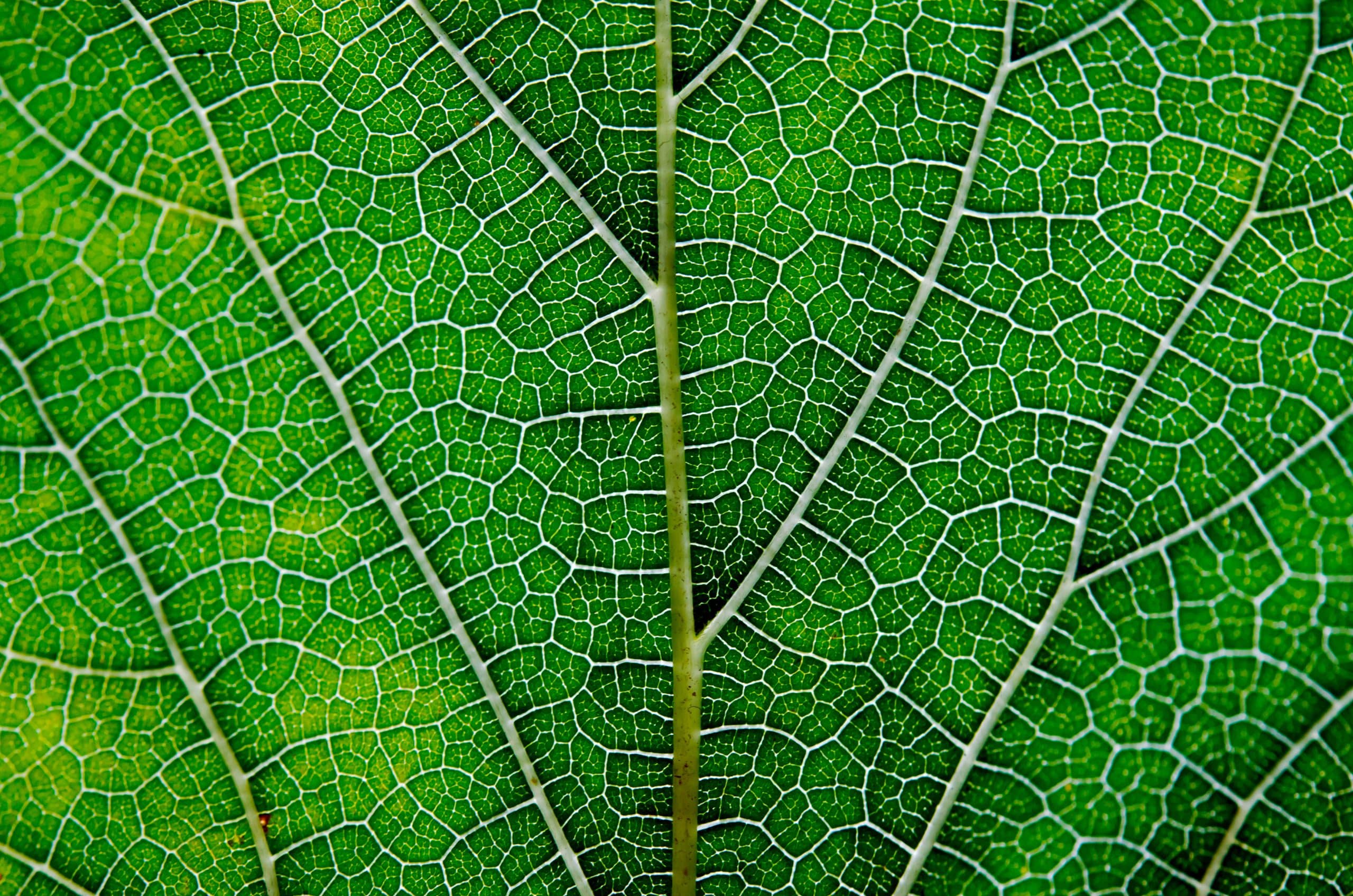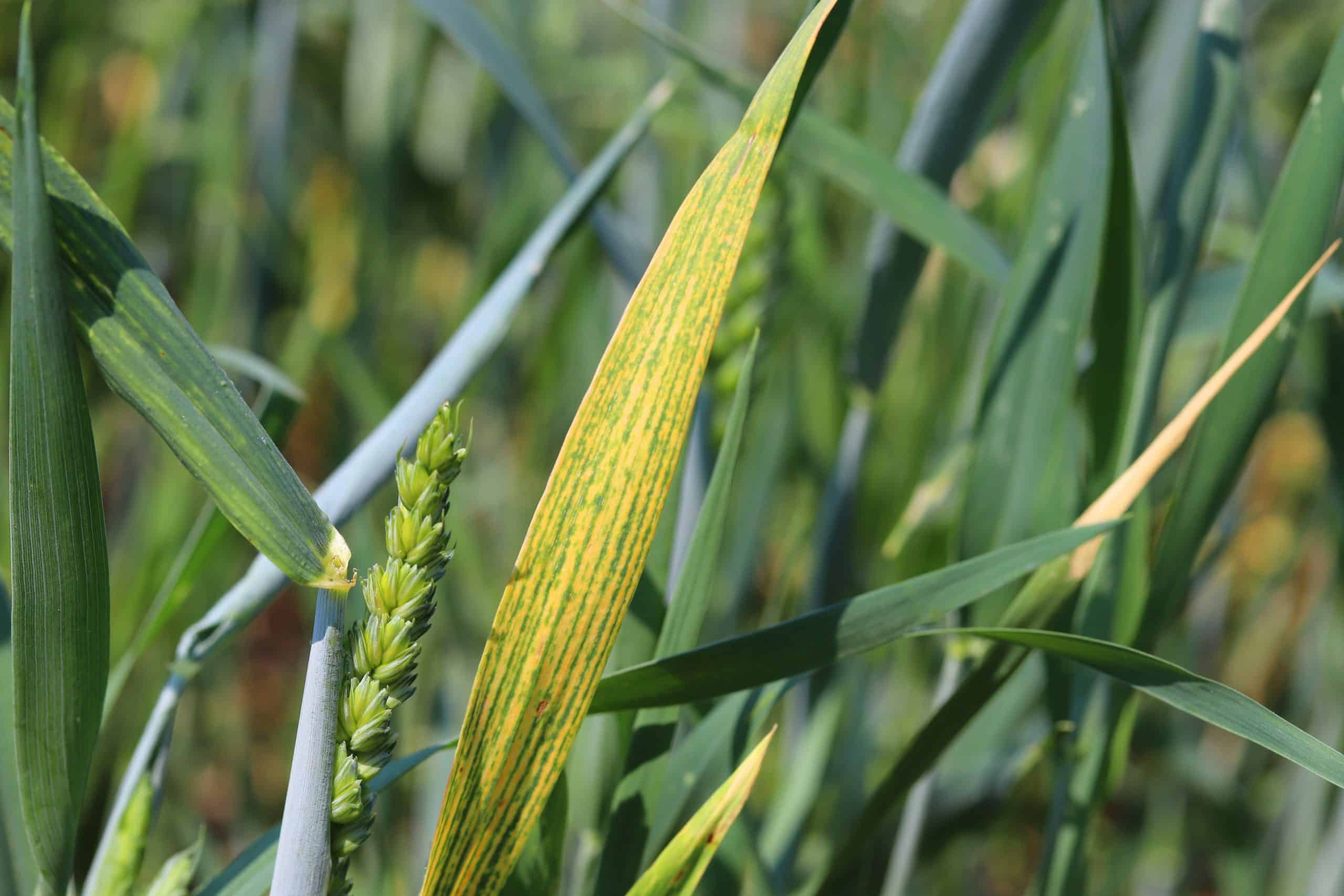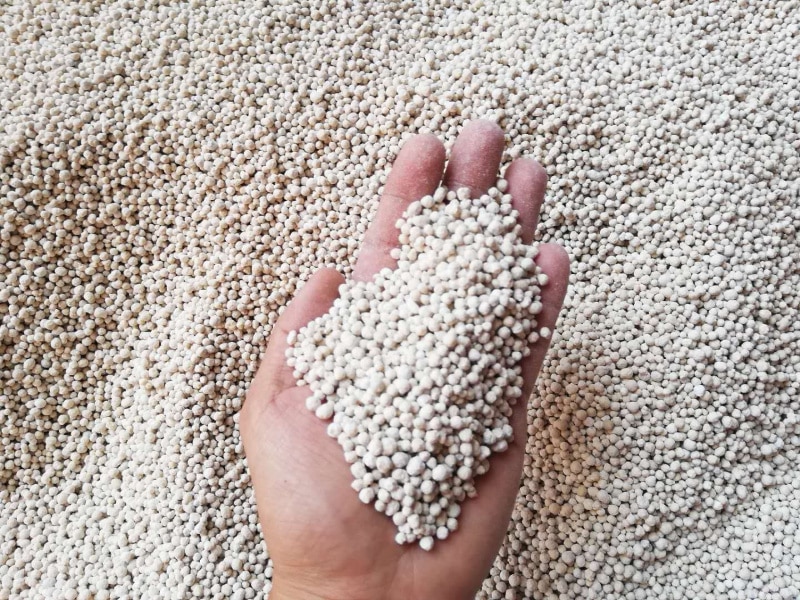Home Agriculture Plant production deficiencies
Magnesium deficiencies
Magnesium is an essential element for plant growth: it participates in photosynthesis, while being involved in the proper functioning of plant proteins. Still, in some situations, plants can show symptoms of magnesium deficiency. At Terresis Agriculture, we develop solutions adapted to the specific needs of crops in order to combine quality, high yield and good plant health.
The vital role of magnesium...
In plants, magnesium is the central element of chlorophyll, it plays a crucial role in photosynthesis, and is essential in the process of transforming light energy into chemical energy. Magnesium is at the heart of metabolism in plants by helping with enzymatic reactions and the transport of sugars.
In addition, magnesium prevents aluminum toxicity by promoting the synthesis of protective organic acids that limit the toxic effects of aluminum, an element known to disrupt root growth and cell division. It also participates in the absorption of nitrogen, a key nutrient in the development of the plant.


... And the consequences of a deficiency
An adequate supply of magnesium is essential for the transport of compounds from photosynthesis to the growth organs. In the event of a deficiency, this mechanism is disrupted : root growth is hindered and the lack of magnesium leads to a deterioration in the ability to absorb nutrients and transport them to the reserve or reproductive organs (fruits, tubers, roots), reducing the quality and yield of crops.
The Chronology of a Deficiency
Magnesium deficiency is a phenomenon that frequently occurs in certain types of soils: sandy, silty with a clay content greater than 15% or at the end of winter when the soil is cold and wet. Excessive potassium or calcium fertilizer inputs can also impair magnesium absorption, even if it is present in the soil. This is called an “induced” deficiency.
During the first 2 to 3 weeks, the deficiency is not visible and the plant appears healthy. Then, the first symptoms appear, first on the old leaves by discoloration and yellowing between the main veins.
Over time, this yellowing spreads, purple spots may appear depending on the crop, then necrosis, followed by the fall of the most affected leaves. This phenomenon, called interveinal chlorosis, affects all crops, especially arboreal, industrial and vegetable crops.

Innovative magnesium solutions
A supply of magnesia provides a lasting fight against yellowing and necrosis of the leaves. At Terresis Agriculture, thanks to our technical and industrial expertise as well as the commitment of our employees, we develop innovative solutions that effectively correct magnesium deficiencies, according to the needs of each crop.
As a foliar application, in fertigation or as a complement to soil fertilization, our magnesium products adapt to the needs of the soil, providing magnesium that can be assimilated quickly and durably, thus allowing the plant to have the energy necessary for its rooting and development.
In soluble form, magnesium sulphate is found with the ability to provide the plant with magnesium and sulphur nutrients. This type of fertilizer reinforces the vigour and growth of crops, whether in market gardening, viticulture, arboriculture or field cereal crops.






